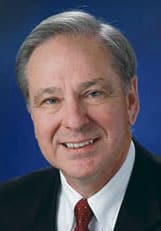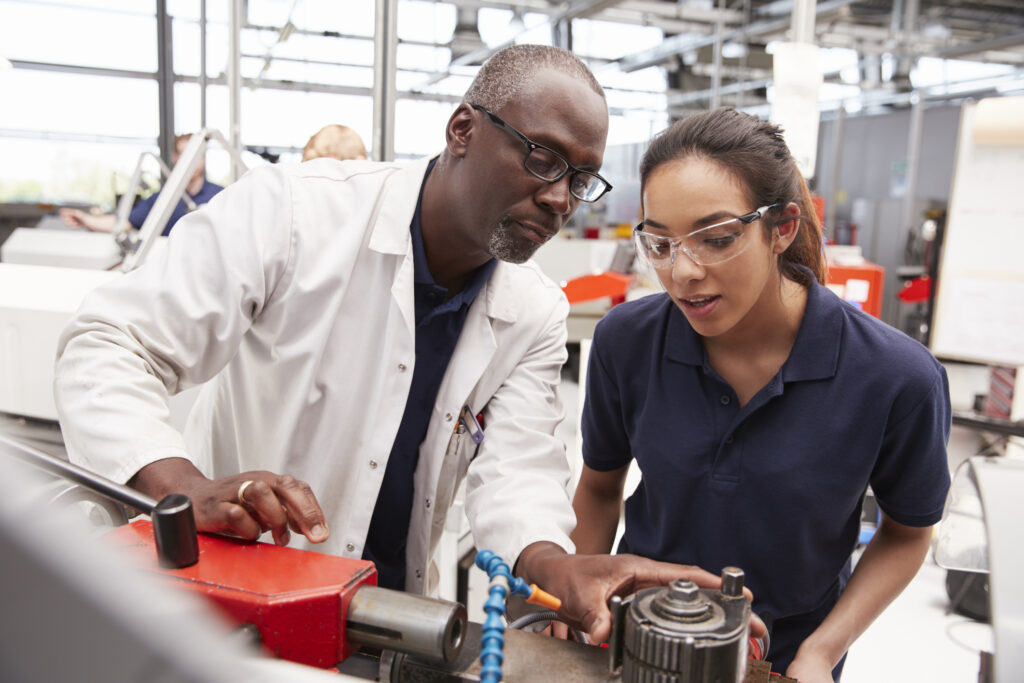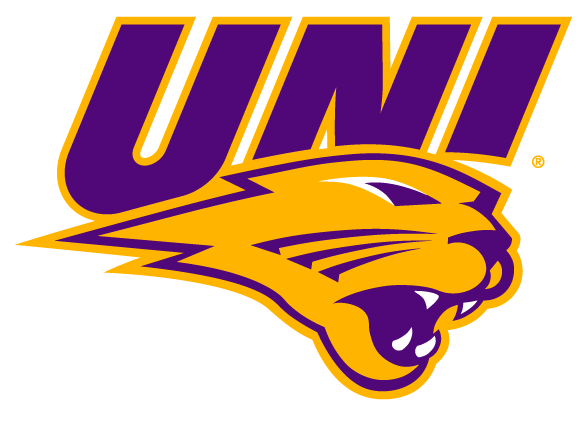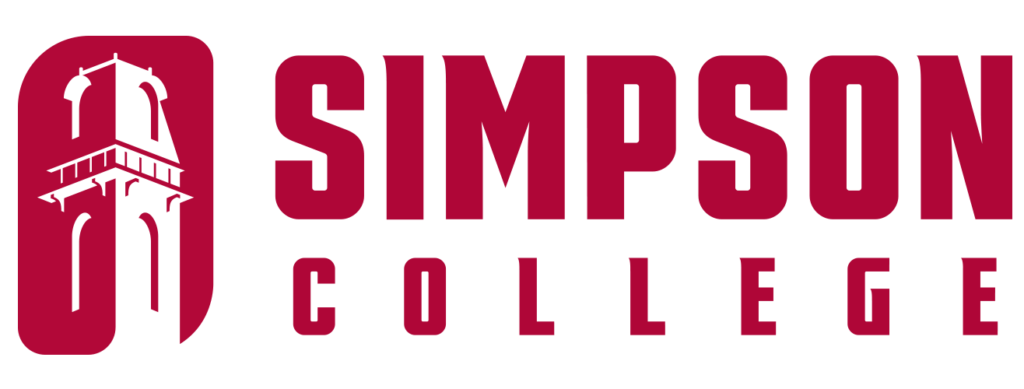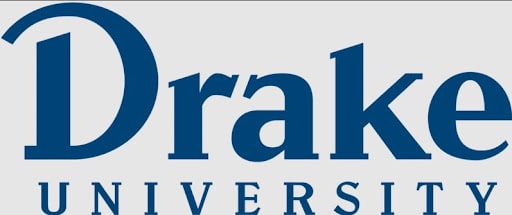Community colleges not surprised by enrollment drop
Rapid growth, fueled by recession, has reversed itself in a better economy

Fewer students are attending Iowa community colleges, according to statewide and local statistics, but college officials say they are not surprised.
Iowa community college enrollment dropped 0.5 percent in 2011, the first decline in 13 years of increases. This fall, Des Moines Area Community College (DMACC) recorded a 6.8 percent decrease in enrollment, and Kirkwood Community College, the state’s second-largest junior college, reported its second enrollment decrease in a row.
Official overall state numbers from the Iowa Department of Education won’t be available until next month, but numbers figure to be down nearly across the board, said Jeremy Varner, administrator of the Division of Community Colleges at the department.
The main reason, officials say, is that when the economy improves after a downturn, enrollment tends to go down.
“Community college enrollment is at least in part countercyclical,” Varner said. “In 2009 and 2010, the depth of the recession, we saw tremendous growth in enrollment. And when that happened, we anticipated that as the economy began to recover, we would see that tick down before it steadies and continues to grow at a slower rate.”
And that’s OK, said DMACC President Rob Denson.
“As a president, enrollment increases are always a better press announcement than a decline,” Denson said. But, he added, “I think it’s good for the economy, I think that’s a normal thing you see in an economic downturn and a recovery.”
Historically, community college enrollment grows just about every year in Iowa, and enrollment at DMACC is no exception. DMACC’s decrease this year followed 13 years of enrollment increases. Community college enrollment in the state dropped in 2011 for the first time since 1997.
But enrollment exploded as the recession hit. From 2008 to 2009, the student bodies at Iowa’s community colleges increased by 14 percent, which followed an average yearly growth rate of 2.3 percent during the five previous years. DMACC, meanwhile, strives for a 5 percent yearly growth rate, Denson said, but was experiencing double-digit growth rates during the recession, and still has a five-year growth rate of nearly 30 percent.
“Community colleges really bubble with the economy,” said Kristie Fisher, vice president of student services at Kirkwood.
Why? “If there’s people out of work, they’re often looking for retraining to make themselves more marketable,” Fisher said. “So it’s a natural place to go, to the community colleges, whether it’s for diploma, certificate or degree. And then you do see them go back out into the work force.”
Another potential reason: More students could be choosing four-year state institutions over community colleges. The University of Iowa and Iowa State University both set record enrollment numbers this fall. In-state numbers went up at both schools.
Though not proven, it’s possible that students who were choosing to go to less expensive community colleges during the recession are now graduating to four-year institutions, Fisher said. At the same time, families who may have sent their children to a community college two years ago might have enough disposable income now to afford a four-year school, Denson said.
Varner at the Department of Education stresses that the numbers don’t definitively show there to be correlation between community college enrollment decreasing and state university enrollment increasing. From what he is anticipating in next month’s report, enrollment percentage decreases will be relatively steady across the board. If the enrollment numbers were directly related, he said, it would stand to reason that DMACC, for example, would lose a higher percentage of students due to its proximity to Iowa State.
“I feel pretty confident that it’s primarily economic conditions that are driving it, rather than recruiting efforts at Iowa State, but that’s something I can’t say definitively,” Varner said.
A decrease in enrollment isn’t necessarily a bad thing for community colleges. Double-digit percentage growth, as experienced during the recession, “stretches the system,” Fisher said. Kirkwood operated under the philosophy that the numbers would eventually come down, and as a result, it didn’t hire extra staff. The college is already anticipating a possible 5 percent decrease in enrollment next year.
DMACC is looking to get back to a 3-to-5 percent growth level next year, which is what Denson would prefer. To keep up with recent growth, DMACC hired full-time professors on a 5 percent projected growth rate, and hired adjunct professors to fill in any growth above that. The college has around 50 fewer adjuncts this fall than during the period of growth. DMACC is also cutting hours for part-time employees.
MJ Dolan, executive director of the Iowa Association of Community College Trustees, a nonprofit advocacy group, notes that the fluctuation of the economy and enrollment puts a strain on community colleges. When enrollment increases more than usual, tuition goes up but so does the challenge of finding the time, space and staff to teach students. When it goes down, the schools lose tuition money and have to trim their operating budgets.

